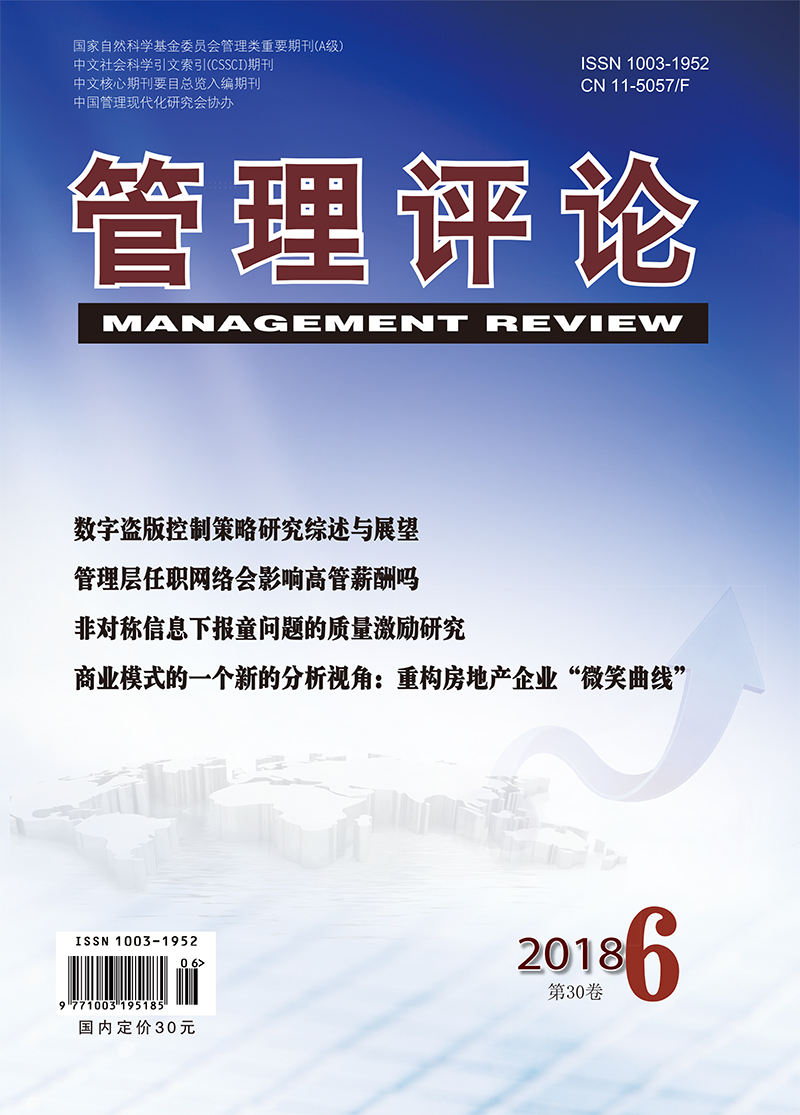IT capability and synergies among inner-enterprise factors play an important role in improving enterprise innovation performance. In the framework of synergistic innovation system, this paper builds a theoretical model and explores how synergies among technological factor and the other three non-technological factors (i.e. market factor, organizational factor and cultural factor) influence enterprise innovation performance. On this basis, the moderating effects of IT capability are further elucidated. According to the empirical findings from a questionnaire investigation, synergies between technological factor and market factor, organizational factor, cultural factor respectively are positively associated with enterprise innovation performance, and synergies among technological factor and the three nontechnological factors simultaneously, that is, inner-enterprise multi-factors synergies improve enterprise innovation performance more significantly. What is more, IT capability positively moderates the relationships between inner-enterprise synergies and enterprise innovation performance. What is studied in the paper clarifies the mechanism of how synergies among the inner-enterprise factors affect enterprise innovation performance in the view of multi-factors synergistic innovation which deepens the innovation theory, and reveal the black box of how IT capability affects inner-enterprise synergistic innovation, which extends the innovation theory from the perspective of IT capability. Furthermore, some managerial implications are provided for cultivating, developing and utilizing IT capability efficiently and effectively to facilitate inner-enterprise synergies to improve enterprise innovation performance.

